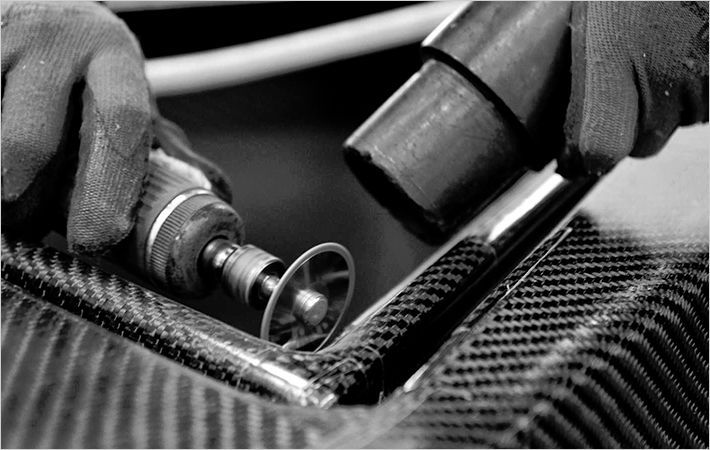The two grades deliver lower shrinkage, faster crystallization, and higher melting points across the broad range of manufacturing processes used to produce fibers and nonwoven fabrics.
The new grades broaden the application window for Ingeo use in the production of personal care and hygiene products, filtration media, medical fabrics, civil engineering fabrics (erosion control, reservoir lining protection, etc.), and geotextile and agricultural fabrics.
Ingeo 6100D is a mid viscosity grade designed for spunbond nonwoven and conventional staple fiber/filament melt spinning applications, while Ingeo 6260D is a low viscosity grade designed primarily for melt blown nonwoven applications. Both grades offer the highest melting points and fastest crystallization rates in the Ingeo fiber grade resins portfolio.
“These new Ingeo grades provide benefits across all processing technologies and in a more extensive range of applications,” said Robert Green, fibers and nonwovens industry global segment manager, NatureWorks. “These grades are the result of intensive research and development and significant long-term investments in state-of-the-art production processes. These new grades are the first of a number of next generation solutions.”
Key features and benefits of Ingeo 6100D and 6260D
The reduced shrinkage of Ingeo fibers made from 6100D and 6260D leads to improved fabric dimensional stability. These grades deliver increased hydrolysis resistance, and offer ~ 30 % higher stiffness (modulus) at temperatures above their glass transition temperature.
Both are capable of higher heat set temperatures, leading to higher melting/sticking points during processing and use. Higher melting point creates advantages in bi-component systems in which the new grades are combined with existing Ingeo low melting point resins. All of these attributes contribute to a larger overall Ingeo processing window and greater ease of processing.
Spunbond & Fibers Performance:
When new Ingeo 6100D is compared to the existing Ingeo grade 6202D, one of the most often applied grades for fibers and spunbond nonwovens, NatureWorks scientists found:
- Peak melting point increased by 8C° from 164° to 172°
- Melting shoulder increased by 15C°
- Fiber crystallinity increased by ~20%
- Quiescent crystallization rate increased three to four times
- Lower stress required for stress induced crystallization
In spunbond applications the fibers made from new Ingeo grade 6100D show a high strength to weight ratio with fibers in the 15-35 micron diameter range. These spunbond attributes make the new grades ideal for fabrics in geotextile, medical, automotive, and hygiene applications.
Meltblown Performance:
New 6260D grade for melt blown applications can generally produce fibers in the 2-7 micron diameter range with desirable attributes for a broad range of applications and products. Resultant fiber characteristics can be translated into attributes such as low pressure drop for filtration media, or softness for hygiene applications. Nonwovens shrinkage in melt blown fabric applications will be ~ 80% less than what was previously achievable.
NatureWorks

